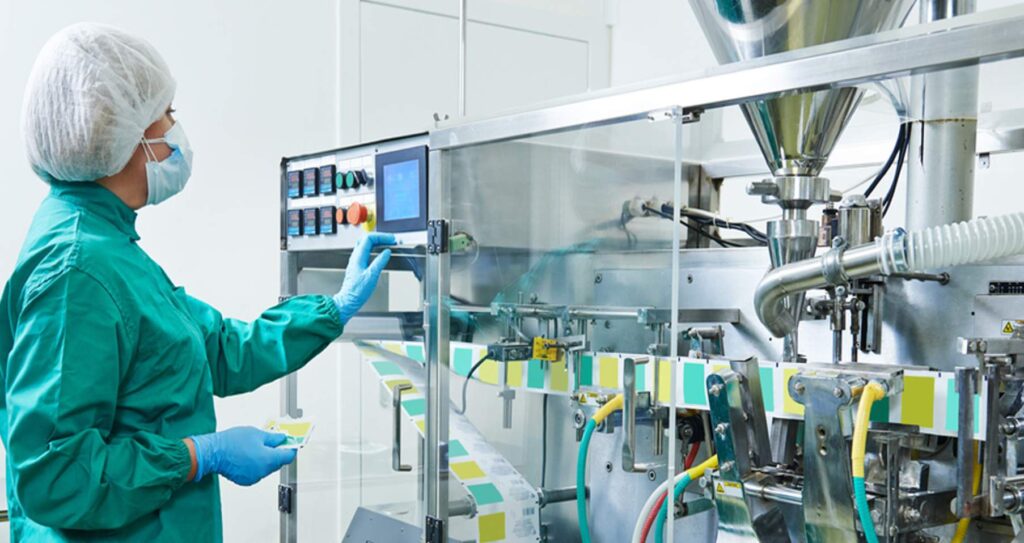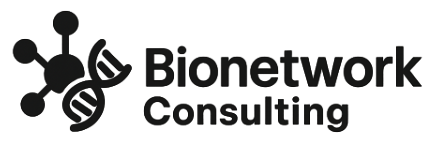
The pharmaceutical and biotech industries are in the middle of a massive transformation. Accelerated by advancements in digital health, artificial intelligence (AI), automation, and stricter global regulations, companies must adapt their operational strategies to remain competitive and compliant. Among the most critical focus areas today are CDMO vendor selection, pharmaceutical technology transfer, and regulatory writing.
Together, these functions create the foundation for successful product development and commercialization. Selecting the right Contract Development and Manufacturing Organization (CDMO) ensures scalability and quality, technology transfer bridges innovation with operational execution, and regulatory writing enables transparent communication with global health authorities. Let’s explore how the latest technologies and best practices are reshaping these areas in 2025.
CDMO Vendor Selection: A Strategic Decision in 2025
The role of CDMOs (Contract Development and Manufacturing Organizations) has expanded far beyond outsourced manufacturing. Today, CDMOs act as strategic partners that influence speed-to-market, compliance, and even long-term commercial success. With the rise of biologics, cell and gene therapies, and complex drug-device combinations, vendor selection has become a high-stakes decision.
Latest Trends in CDMO Vendor Selection
- Digital-First Due Diligence
Companies now leverage digital platforms and AI-powered analytics to evaluate CDMOs. Instead of relying solely on on-site audits, sponsors can assess compliance histories, real-time manufacturing data, and predictive risk scores. This shortens the evaluation cycle and enhances transparency. - Specialization Over Generalization
Niche therapies like mRNA vaccines, antibody-drug conjugates (ADCs), and autologous cell therapies require highly specialized CDMOs with proprietary expertise. In 2025, many pharmaceutical firms are choosing smaller, highly focused vendors rather than large, generalized CDMOs. - Geopolitical and Supply Chain Considerations
Vendor selection now includes risk assessments for geopolitical stability, raw material sourcing, and logistics resilience. Companies are diversifying CDMO partnerships across regions to avoid bottlenecks similar to those seen during the COVID-19 pandemic. - Sustainability as a Selection Metric
ESG (Environmental, Social, and Governance) practices are influencing CDMO contracts. Sponsors increasingly prefer vendors that use greener processes, reduce waste, and demonstrate commitment to ethical labor standards.
Best Practices for CDMO Selection
- Conduct multi-dimensional risk assessments (technical, regulatory, financial, and geopolitical).
- Use digital twins to simulate production capabilities before formal engagement.
- Establish joint governance frameworks to ensure ongoing communication and performance tracking.
Pharmaceutical Technology Transfer: Bridging R&D and Manufacturing
Pharmaceutical technology transfer is the process of moving a drug product or manufacturing process from development to commercial scale—or from one site to another. This is one of the most complex transitions in the drug lifecycle, where delays or errors can cost millions and jeopardize approvals.
Technological Advancements in Technology Transfer
- Digital Twins & Virtual Scale-Up
Before transferring processes physically, companies now use digital twin models—virtual replicas of manufacturing systems—to predict outcomes, optimize parameters, and identify risks. This reduces trial-and-error and accelerates scale-up. - AI-Driven Knowledge Management
Technology transfer documents are massive and prone to inconsistencies. AI-powered document management systems streamline knowledge capture, detect gaps, and ensure consistency across transfer protocols. - Real-Time Data Sharing with CDMOs
Cloud-based platforms now allow sponsors and CDMOs to share process data in real-time, ensuring better alignment and faster troubleshooting during tech transfer. - Regulatory-Ready Transfer Protocols
With regulatory agencies adopting digital submission formats, technology transfer documentation is now structured with eCTD (electronic Common Technical Document) compatibility in mind from the start.
Common Challenges and Solutions
- Challenge: Variability in raw materials at commercial scale.
Solution: Advanced process analytical technologies (PAT) for real-time monitoring. - Challenge: Knowledge gaps between R&D and manufacturing teams.
Solution: Cross-functional “tech transfer squads” with digital collaboration tools. - Challenge: Global regulatory differences.
Solution: Harmonized protocols aligned with ICH guidelines and FDA/EMA expectations.
Regulatory Writing: The Language of Compliance
While CDMO selection and technology transfer focus on execution, Regulatory writing ensures that all work translates into compliant, well-documented communication with health authorities. From IND (Investigational New Drug) applications to CTDs (Common Technical Documents) and post-market surveillance reports, high-quality regulatory writing is critical.
The Future of Regulatory Writing in 2025
- AI-Assisted Drafting and Review
Natural language processing (NLP) tools are now helping regulatory writers generate first drafts of clinical study reports, risk management plans, and submission dossiers. This doesn’t replace human expertise but speeds up the process and reduces human error. - Global Harmonization Efforts
Agencies like the FDA, EMA, and PMDA are aligning more closely on eCTD standards. Regulatory writing teams now prepare documents that are modular—adaptable to multiple markets with minimal rework. - Data Transparency and Patient-Centric Language
Regulatory agencies are pushing for plain-language summaries of clinical trials, making regulatory writing more patient-friendly. This not only aids compliance but also improves public trust in clinical research. - Automation of Compliance Checks
Software now automatically checks regulatory documents against global guidelines, flagging inconsistencies, missing sections, or formatting errors before submission.
Best Practices in Modern Regulatory Writing
- Maintain centralized content libraries to ensure consistency across submissions.
- Incorporate plain-language summaries early, rather than as an afterthought.
- Use structured authoring to modularize content for reuse across markets.
- Train writers in both scientific expertise and digital tool proficiency.
Integrating CDMO Selection, Tech Transfer, and Regulatory Writing
Individually, these three areas are critical—but when integrated, they create a seamless pathway from drug development to commercialization. A poorly chosen CDMO can derail tech transfer, while inadequate regulatory writing can delay approvals even after flawless execution. The trend in 2025 is toward holistic lifecycle management, where cross-functional teams and digital platforms ensure alignment across vendor management, manufacturing, and regulatory documentation.
Conclusion
The life sciences industry is moving faster than ever, with cutting-edge therapies and digital innovations transforming how drugs are developed, manufactured, and approved. CDMO vendor selection, pharmaceutical technology transfer, and regulatory writing are no longer isolated tasks—they are interconnected pillars that determine the success of every new therapy.
By leveraging AI, digital twins, cloud platforms, and global regulatory harmonization, companies can not only reduce risks but also accelerate innovation. The organizations that thrive will be those that embrace this interconnected approach, building strong partnerships, ensuring compliance, and delivering life-changing medicines to patients worldwide.
